Significance
The Song Jiang Battle Array festival is an annual event that takes place in Kaohsiung’s Neimen District. The folk arts performance troupes that take part in the festival owe their origins to the troupes that received, accompanied, and protected palanquins carrying deities on pilgrimage processions in Luohanmen (the former name of Neimen) over two hundred years ago. The troupes were made up of local residents, and the meticulous records of the evolution of the troupes and formations kept over the years show the tradition’s locally-based grassroots origins. The Song Jiang Battle Array was originally organized as a way to enhance physical training and defend and unite the town. Over time, it became a religious activity to entertain deities and later a famous folk arts performance. The battle array is a microcosm that has reflected societal and political changes in Taiwan over the past decade. Today, the Song Jiang Battle Array festival provides a platform for folk arts performance troupes to pass on their traditions and express their innovative spirit. It has also developed into an important cultural tourism event.
History
The Song Jiang Battle Array is a traditional Chinese martial arts performance troupe. During the Qing dynasty, settlers had to band together to defend their villages from bandits because the government was unable to offer protection. The popularity of battle arrays then spread among the people. Some theories ascribe the origins of the battle array to the character Song Jiang and his battle array of outlaws in the classical novel Water Margin by Shi Nai’an (1296 – 1372), others to the Ming dynasty General Qi Ji-Guang (1528 – 1587), who defended China’s east coast against Japanese pirates with his rattan shield division and the Mandarin duck formation. There is no historical evidence to support these theories; still, many of the weapons employed by present-day Song Jiang troupes were used by the outlaws described in Water Margin. Over the years, the Song Jiang Battle Array evolved to include the Golden Lion and White Crane troupes. The troupes also began to take on the responsibility of protecting the palanquins of deities that were carried out in processions during folk festivals. Neimen’s Song Jiang Battle Array is at once an arts performance and a succession of military formations. There are at least thirty troupes based in Neimen. The first arts and military battle array festival was held in 1993 to celebrate the opening of Provincial Highway 3, on Guanyin’s birthday. The scope of the festival grew larger with each passing year. Kaohsiung City’s Tourism Bureau began organizing the annual Song Jiang Battle Array of Neimen event in 2001. It was later combined with the Luohanmen Buddha Welcoming event, and a competition featuring high school and college troupes was also added. The Tourism Bureau has named the Song Jiang Battle Array festival as one of Taiwan’s twelve major local festivals. The Song Jiang Battle Array was designated one of Kaohsiung’s traditional arts in 2012.
Special Features
1The Song Jiang Battle Array Festival and the Luohanmen Buddha Welcoming Event The Song Jiang Battle Array festival is held annually over the course of several days. The main events of the festival are the joint performances of arts and military troupes, the Masterpiece Banquet, and the Luohanmen Buddha Welcoming event. In 2005, festival organizers began inviting troupes from high schools, vocational high schools, and colleges to take part in the Song Jiang Battle Array competition, which soon became a tourist attraction. This prompted a wave of interest amongst the younger generation in the Song Jiang Battle Array. Today, the festival and competition have evolved into Taiwan’s biggest folk arts performance troupe event. Neimen’s Zizhu Temple, Shunxian Temple, and Nanhai Zizhu Temple take turns hosting the annual event.
The Song Jiang Battle Array festival is held annually over the course of several days. The main events of the festival are the joint performances of arts and military troupes, the Masterpiece Banquet, and the Luohanmen Buddha Welcoming event. In 2005, festival organizers began inviting troupes from high schools, vocational high schools, and colleges to take part in the Song Jiang Battle Array competition, which soon became a tourist attraction. This prompted a wave of interest amongst the younger generation in the Song Jiang Battle Array. Today, the festival and competition have evolved into Taiwan’s biggest folk arts performance troupe event. Neimen’s Zizhu Temple, Shunxian Temple, and Nanhai Zizhu Temple take turns hosting the annual event.
2The Arts and Military Troupes’ Joint Performance EventThe joint performance event of the arts and military troupes is the highlight of the Song Jiang Battle Array festival. The event kicks off with a welcoming ceremony on the first day. This is followed by alternating performances of the military and arts troupes, and creative battle arrays. The military troupes include the Song Jiang Battle Array, the Song Jiang Lion Array and the Dragon Array, while the arts troupes include the Taiping Singing Array, the Drum Dance Array, the Gong and Drum Array, the Peach Blossom Ferry Array, the Folk Music Array, and the Cow Plowing Array. The arrays are formed by local residents. The Folk Music Array is characteristic of the Neimen region, and its performance includes both singing and condensed versions of Chinese operas. It emphasizes the preservation of the customs of traditional agricultural societies and the sounds of three hundred years of folk arts performance troupes.
3The Formations of Traditional Song Jiang Battle Array
 The traditional formations of the Song Jiang Battle Array are purported to have been inspired by the outlaw troops led by Song Jiang as described in the classic novel Water Margin. There is no set number of troupe members, and males and females are both welcome. Typically, the array is made up of thirty-six or seventy-two members. These numbers are based on the Thirty-six Heavenly Spirits and the Seventy-two Earthly Fiends who make up the 108 Stars of Destiny in Water Margin, which in turn are based on the Taoist concept that each of these stars represents a god. Some arrays, however, number over a hundred members. Arrays with the names of auspicious creatures such as the Golden Lion or White Crane arrays were introduced later on. These groups are collectively known as the Three Song Jiang Arrays. The original battle formation was based on the yin-yang symbol, but over the years eighteen other formations have been developed. These include the Dragon Array Opening the Four City Gates, the Swimming Snake, Reverent Leaping, the Hatchet, the River Snail, the Double Set, the Chain Set, the Centipede, City Walls, Battering Down City Walls, Breaching City Walls, the Five Flowers, the Four Plum Blossoms, the Eight Trigram, the Wasp Making a Nest, and the Wasp Leaving the Nest. The most formidable of these eighteen formations is the famous Eight Trigram formation.
The traditional formations of the Song Jiang Battle Array are purported to have been inspired by the outlaw troops led by Song Jiang as described in the classic novel Water Margin. There is no set number of troupe members, and males and females are both welcome. Typically, the array is made up of thirty-six or seventy-two members. These numbers are based on the Thirty-six Heavenly Spirits and the Seventy-two Earthly Fiends who make up the 108 Stars of Destiny in Water Margin, which in turn are based on the Taoist concept that each of these stars represents a god. Some arrays, however, number over a hundred members. Arrays with the names of auspicious creatures such as the Golden Lion or White Crane arrays were introduced later on. These groups are collectively known as the Three Song Jiang Arrays. The original battle formation was based on the yin-yang symbol, but over the years eighteen other formations have been developed. These include the Dragon Array Opening the Four City Gates, the Swimming Snake, Reverent Leaping, the Hatchet, the River Snail, the Double Set, the Chain Set, the Centipede, City Walls, Battering Down City Walls, Breaching City Walls, the Five Flowers, the Four Plum Blossoms, the Eight Trigram, the Wasp Making a Nest, and the Wasp Leaving the Nest. The most formidable of these eighteen formations is the famous Eight Trigram formation.
4The Masterpiece BanquetKaohsiung’s Neimen District has a tradition of outdoor banquets, and many residents work as banquet chefs. These feasts were traditionally held to celebrate events such as the birthdays of deities, weddings or funerals, with Neimen’s banquet chefs providing the food. The Song Jiang Battle Array festival sponsors the Masterpiece Banquet as a way of showcasing this unique local culinary tradition. The banquet also helps to promote the reputation of Neimen’s banquet chefs.
5The Luohanmen Welcoming Buddha EventLuohanmen is the former name of Neimen District. The Luohanmen Buddha Welcoming pilgrimage procession was first held over two hundred years ago. The route of the pilgrimage is different every year, as there are three temples that take turns hosting the event. The pilgrimage starts out at that year’s host temple, and is normally completed within four to five days. Worshippers can walk anywhere from three to forty kilometers a day as they follow the palanquin of Guanyin while she makes the rounds of her inspection tour. There are also around ten troupes that accompany the deity statue to offer protection, and roadside performances are a common sight. Businesses and residents also set up incense burner tables along the route of the pilgrimage and offer free food and water.
Reminders
There are several rules for people wishing to attend the Song Jiang Battle Array festival. They must not walk amongst the troupes during performances, cannot stand between the troupes and the front entrance of a temple, and may not touch the weapons used in the troupe performances.
Panoramic
Directions